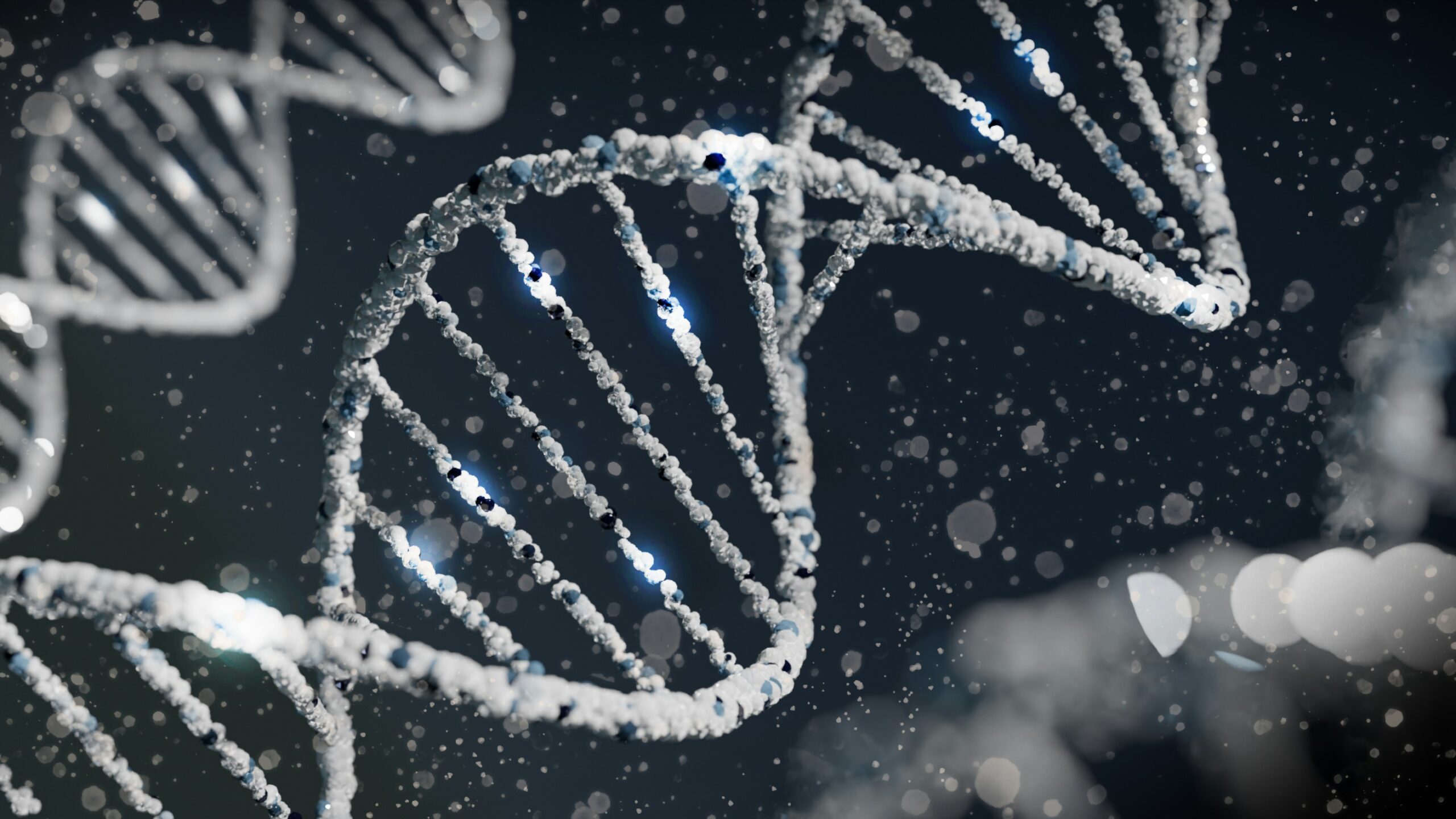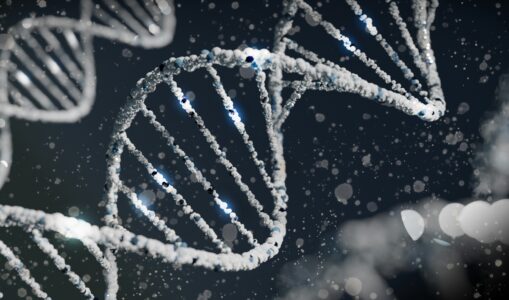Introduction
Athletic performance is a complex interplay of numerous factors, including training, diet, psychology, and environment. However, a critical and often debated element is the role of genetics. Scientific advancements have enabled us to delve deeper into the genetic underpinnings that may distinguish elite athletes from the rest. This essay explores seven key insights into how genetics shape sporting performance, providing a comprehensive understanding of the genetic factors at play.
1. The Basics of Genetics and Athletic Performance
Understanding Genes and Their Function
Genes are segments of DNA that encode instructions for the development, functioning, and reproduction of organisms. They play a pivotal role in determining physical and physiological traits. Each person inherits a unique combination of genes from their parents, resulting in a distinct genetic makeup that influences various attributes, including those relevant to sports. Genes work by coding for proteins, which perform various functions within the body. These proteins can affect muscle development, energy metabolism, and even how the body responds to physical stress.
Genetic Variation and Performance
Genetic variation refers to the differences in DNA sequences among individuals. These variations can significantly impact muscle composition, cardiovascular efficiency, and metabolic rates, all of which are crucial for athletic performance. Single nucleotide polymorphisms (SNPs) are the most common type of genetic variation, often studied in relation to sports performance. SNPs can lead to different versions of a gene, some of which may enhance an athlete’s performance while others may not. For example, a variation in a gene related to muscle growth could result in more robust muscle development, providing an advantage in strength-based sports.
2. The Role of Specific Genes in Athletic Performance
ACTN3 and Muscle Composition
The ACTN3 gene is one of the most well-studied genes related to athletic performance. It encodes the production of alpha-actinin-3, a protein found in fast-twitch muscle fibers. These fibers are essential for explosive movements, such as sprinting and weightlifting. Variations in the ACTN3 gene can influence whether an individual is predisposed to excel in power or endurance sports. For instance, individuals with the RR genotype tend to have a higher proportion of fast-twitch fibers, making them more suited for explosive activities. Conversely, those with the XX genotype may excel in endurance sports due to a higher proportion of slow-twitch fibers.
ACE and Cardiovascular Efficiency
The angiotensin-converting enzyme (ACE) gene is another gene linked to athletic performance. It affects the regulation of blood pressure and cardiovascular efficiency. The presence of the ACE I allele has been associated with endurance athletes, while the D allele is more common among power athletes. This gene illustrates how genetic variations can influence the suitability for different types of sports. The ACE I allele is thought to enhance cardiovascular efficiency and oxygen delivery to muscles, which is advantageous in endurance sports. On the other hand, the D allele may be linked to increased muscle strength and power, benefiting those in explosive, high-intensity sports.
3. Genetic Influence on Muscle Fiber Types
Fast-Twitch vs. Slow-Twitch Muscle Fibers
Muscle fibers are broadly classified into fast-twitch and slow-twitch fibers. Fast-twitch fibers contract quickly and are essential for short bursts of speed and power. Slow-twitch fibers contract more slowly but are more resistant to fatigue, making them ideal for endurance activities. The proportion of these fibers in an individual’s muscles is largely determined by genetics. Fast-twitch fibers rely on anaerobic metabolism to generate force rapidly, while slow-twitch fibers use aerobic metabolism, making them more efficient over longer periods.
Genetic Determinants of Muscle Fiber Distribution
Research indicates that genes like ACTN3 and others play a role in determining the distribution of muscle fiber types. For instance, individuals with certain genetic variants may naturally have a higher proportion of fast-twitch fibers, giving them an advantage in sprinting and other high-intensity sports. Conversely, a higher proportion of slow-twitch fibers can benefit endurance athletes. Studies on elite athletes have shown distinct differences in the genetic makeup that influences muscle fiber distribution, underlining the importance of genetic predisposition in determining an athlete’s natural strengths.

4. Genetics and Metabolic Efficiency
Metabolism and Athletic Performance
Metabolic efficiency refers to how effectively the body converts food into energy. This process is crucial for athletic performance, particularly in endurance sports. Several genes are involved in metabolic pathways that influence how energy is produced and utilized during physical activity. Efficient energy metabolism allows athletes to perform at higher intensities for longer periods, providing a competitive edge.
Key Metabolic Genes
Genes such as PPARA and PPARGC1A are involved in fatty acid metabolism and mitochondrial biogenesis, respectively. Variations in these genes can affect an athlete’s ability to sustain energy production during prolonged exercise. Understanding these genetic factors can help tailor training and nutrition strategies to optimize performance. For example, the PPARA gene influences the body’s ability to burn fat for energy, which is crucial in endurance sports where energy reserves need to last over extended periods.
5. Genetic Predisposition to Injury
Injury Risk and Genetics
Injuries are a significant concern for athletes, and genetics can play a role in an individual’s susceptibility to certain types of injuries. Genes involved in collagen production, for example, can influence tendon and ligament strength, impacting the risk of strains and tears. Genetic predisposition to weaker connective tissues can make some athletes more prone to injuries, affecting their career longevity and performance consistency.
Genetic Markers for Injury Prevention
Identifying genetic markers associated with injury risk can aid in developing personalized training and rehabilitation programs. For example, variations in the COL5A1 gene have been linked to an increased risk of tendon injuries. By understanding these genetic predispositions, athletes and coaches can implement preventative measures to reduce injury incidence. Customized training programs that consider these genetic factors can enhance an athlete’s resilience and reduce downtime due to injuries.
6. Epigenetics and Athletic Performance
What is Epigenetics?
Epigenetics refers to changes in gene expression that do not involve alterations to the underlying DNA sequence. These changes can be influenced by environmental factors, lifestyle, and training. Epigenetics adds another layer of complexity to the genetic influence on athletic performance. Epigenetic modifications can turn genes on or off, affecting how cells use their genetic information without changing the DNA sequence itself.
Epigenetic Modifications in Athletes
Training and diet can lead to epigenetic modifications that enhance or inhibit athletic performance. For instance, endurance training has been shown to cause epigenetic changes that improve mitochondrial function and increase aerobic capacity. These modifications highlight the dynamic interaction between genetics and the environment in shaping athletic abilities. Understanding epigenetic influences can lead to new approaches in training and performance optimization, potentially unlocking latent genetic potential through targeted interventions.
7. Practical Applications of Genetic Information

Personalized Training Programs
The knowledge of genetic influences on athletic performance can be applied to develop personalized training programs. By understanding an athlete’s genetic predispositions, coaches can design training regimens that maximize strengths and address weaknesses. For instance, an athlete with a genetic advantage in fast-twitch muscle fibers might focus more on explosive strength training. This personalized approach can lead to more effective and efficient training, enhancing overall performance.
Nutritional Strategies
Genetic information can also inform nutritional strategies. Nutrigenomics, the study of the interaction between nutrition and genes, can help tailor diets to an athlete’s genetic profile. For example, variations in genes related to vitamin D metabolism can influence an athlete’s requirement for this nutrient, affecting bone health and muscle function. Tailoring nutrition based on genetic insights can optimize energy use, recovery, and overall health, providing a holistic approach to performance enhancement.
Potential Ethical Considerations
The use of genetic information in sports raises several ethical considerations. Issues of privacy, genetic discrimination, and the potential for genetic doping are significant concerns. It is essential to establish guidelines and regulations to ensure the responsible use of genetic data in sports. Ensuring athletes’ genetic information is used ethically and responsibly protects their rights and maintains the integrity of competitive sports.
Conclusion
The role of genetics in defining sporting performance is a multifaceted and evolving field. By examining the impact of specific genes, muscle fiber distribution, metabolic efficiency, injury predisposition, and epigenetic modifications, we gain a deeper understanding of how genetics can influence athletic potential. This knowledge can be applied to optimize training, nutrition, and injury prevention strategies, ultimately enhancing athletic performance. However, it is crucial to navigate the ethical implications carefully to ensure fair and equitable use of genetic information in sports.
For further reading and research on this topic, consider exploring the following resources:
- National Center for Biotechnology Information (NCBI)
- The Genetic Literacy Project
- The American College of Sports Medicine (ACSM)
By embracing the insights from genetic research, the sports world can continue to push the boundaries of human performance while maintaining the integrity and fairness of competition.

